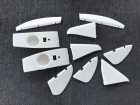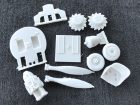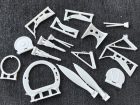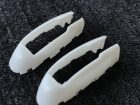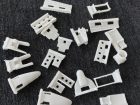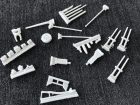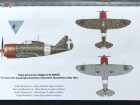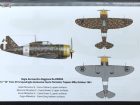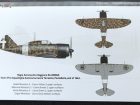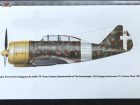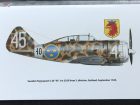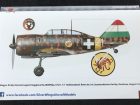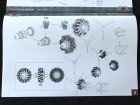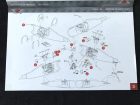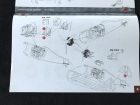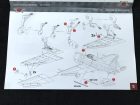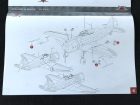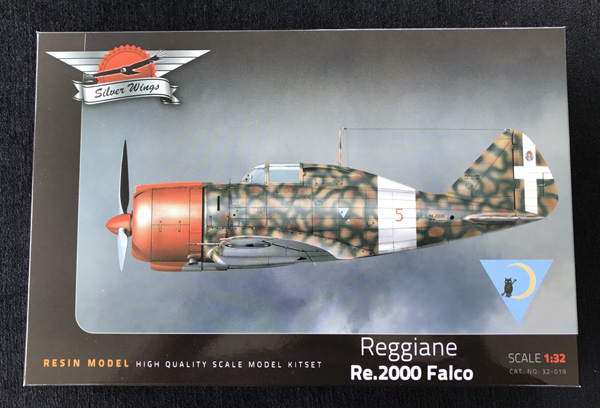
Kit Ref: 32-019
All resin multi-media kit that includes photo etch.
Review by Geoff Coughlin (July 2017)
Our thanks to Silver Wings for supplying this kit – get it now at Silver Wings
This will be the fourth Silver Wings kit that we have built, with Julian building their Bristol Bulldog and Hawker Hart and me the AW Siskin IIIA and now this, the Reggiane Re 2000 Falco. I’m certainly looking forward to it and it will be next up on the bench, so you won’t have to wait long to start seeing the build as it progresses in Aircraft-Build Now.
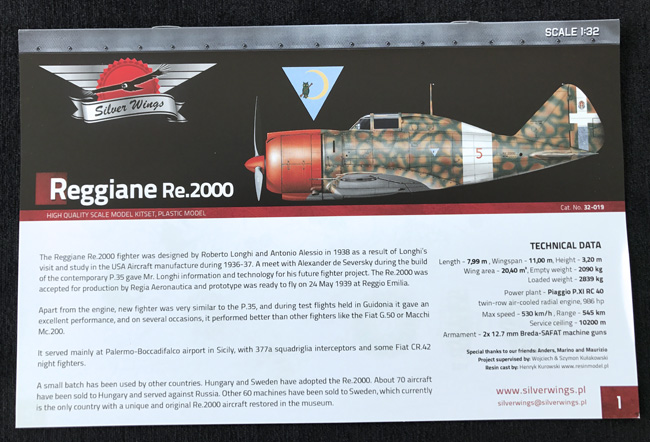
If you want to see the full builds mentioned above check out the Silver Wings pages in Aircraft-Finished Now.
OK, so what have we got this time in terms of contents and quality?
First impressions are very good – plenty of very well detailed resin parts with minimal flash present. This is very good news because the build will largely resemble a more mainstream plastic scale model kit.
Silver Wings kits in our experience have been getting better and better in terms of quality as their range has grown and looking at what’s on offer here I’m really looking forward to this build.
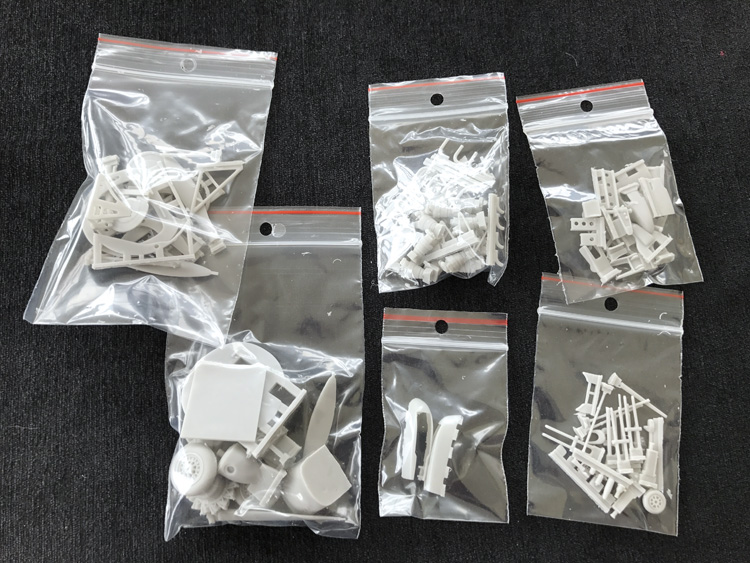
Everything is very well presented within the sturdy cardboard box. The resin parts are supplied in batches in small plastic bags and a really nice touch is the clear canopy arriving in a small hard white plastic jar to protect it. No damage at all on the clear or other resin parts, some of which are tiny and very delicate. Speaking of the clear parts, these are moulded well and with a little polish, they should come up nicely.
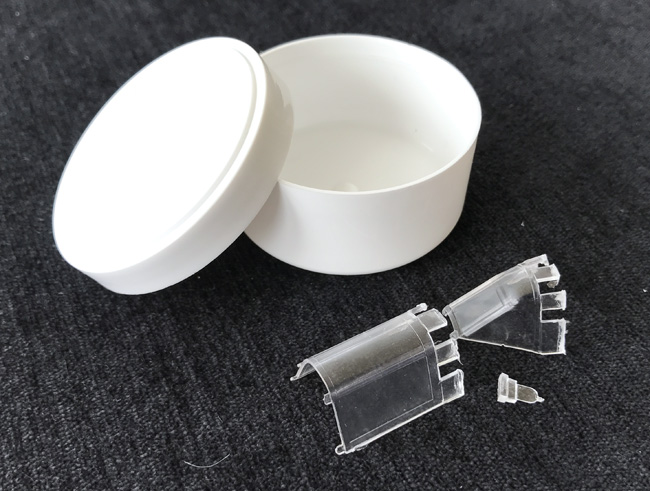
The main components first
Fuselage and wing shapes look good for an Re 2000 Falco and the surface has some very fine recessed panel lines and these seem more consistent than on earlier models – great.
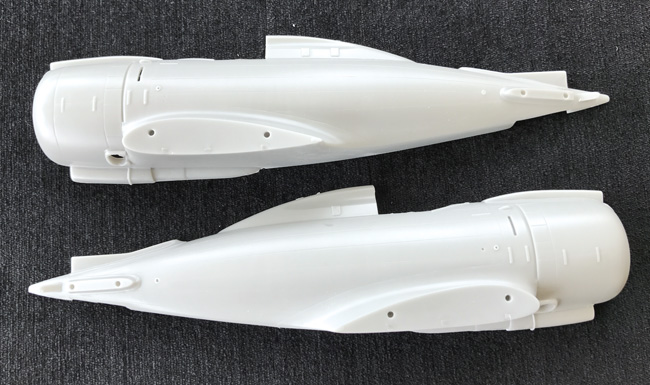
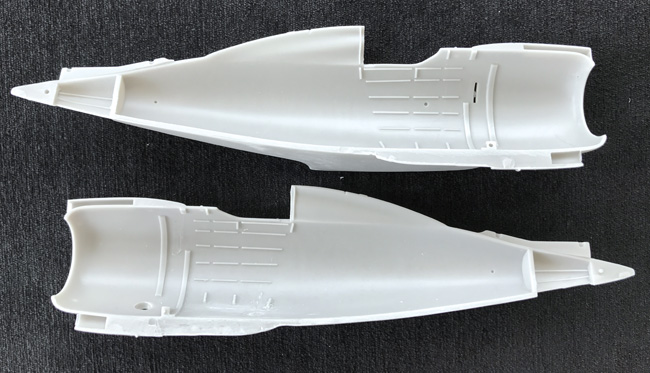
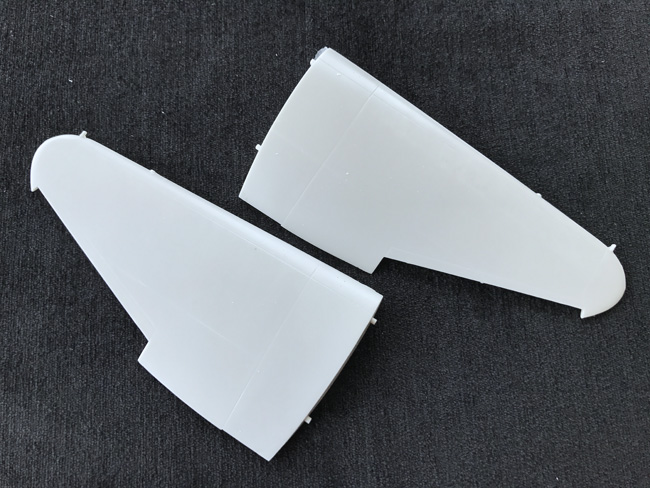
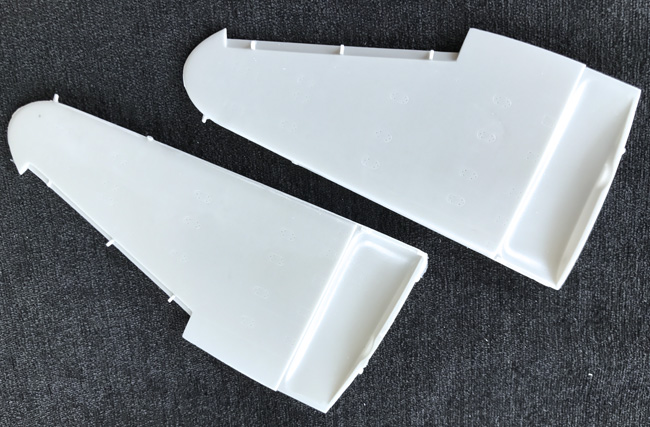
The cockpit is largely made up of a battery of small, highly detailed parts that should make for a very good looking interior – one of my favourite areas as many of you will know, if you know me :)
The main instrument panel seems huge but this is just because the Falco does in fact have quite a wide fuselage, especially in 1:32 scale. The main panel is supplied as a PE item with a clear acetate sheet for the dials you set behind and this is common in larger scale multi-media models.
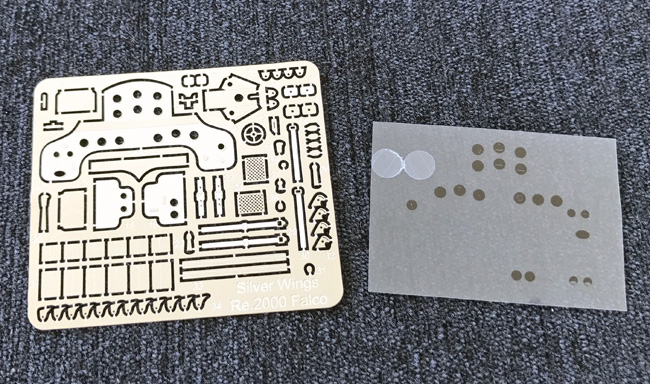
The seat is resin and separate PE belts are included on the PE fret – they are not pre-painted, leaving you to finish them as you wish.
Engine
I love the detailed engine as supplied, a 986 hp (735 kW) Piaggio P.XI RC 40 radial – some beautifully moulded cylinder heads and injectors leaving you very little to add, if anything.
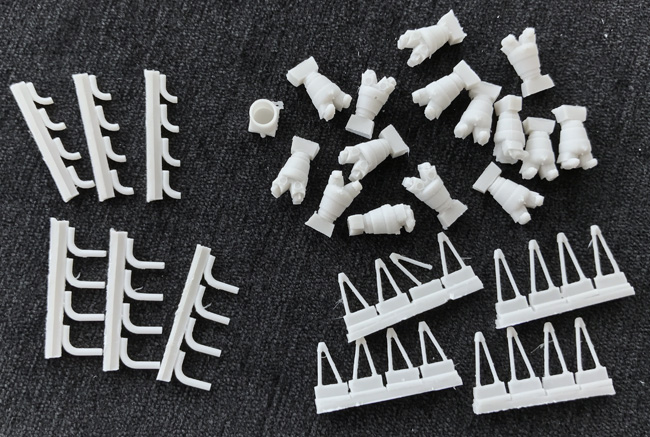
Here are photos of the remaining parts…
Decals
The small decal sheet does offer 3 Italian aircraft, yet you are provided with sumptuous profiles and artwork for the remaining countries that flew the Re 2000 Falco: Sweden and Hungary. One other very attractive Italian machine is also shown and I initially thought that it would have been excellent to have all these aircraft featured on the instruction sheet provided in the kit. However… these latter aircraft are for Re 2000’s that has the clear extended rear canopy section and this isn’t provided in this release of the kit.
The instruction book suggests that the decals and adapted kit parts to make the ‘missing’ aircraft featured will be ‘coming soon’, so watch out for that release of the kit.
As it is, I’ll be building one of the 3 Italian examples supplied.
Quality looks fine to me with the decals themselves looking to be very thin so that, with care, they should go down very nicely onto a gloss surface.
Instruction book
This is very well presented in full colour. The Falco isn’t a very complex aircraft in model terms and the instruction guidance looks fine to me from what I can see. You’re unlikely to be buying or building this kit unless you have some modelling experience and I can’t see any reason if that’s the case to expect any odd surprises with the build, although I’ll be able to say much more about this when we get underway.
Geoff C.
SMN Quick summary Star rating out of 5
| FEATURE | STAR RATING (out of five) |
|---|---|
| Quality of moulding | **** |
| Level of detail | ***** |
| Accuracy | **** |
| Instructions | **** |
| Decals | **** |
| Subject choice | ***** |
| Overall | **** |
Reference
The Caproni-Reggiane Re.2000 Falco I was an Italian all metal, low-wing, monoplane with a Curtiss-Wright-style retractable undercarriage, used in the first part of World War II. This lightly built and highly manoeuvrable interceptor/fighter, similar to the Seversky P-35, flew for the first time in 1939. It proved a technically advanced aircraft, well balanced and extremely aerodynamic, but not without its faults.
Although potentially superior to Italian contemporary fighters (Fiat G.50 and Macchi C.200), the Re.2000 was not considered satisfactory by Italian military authorities. Consequently, the manufacturer built it for export and almost all of the first production served with the Swedish Air Force and Hungarian Air Force, rather than in the Regia Aeronautica (Italian Air Force).
In service, the Re.2000’s weak point was the engine, a 986 hp (735 kW) Piaggio P.XI RC 40 radial, which was not altogether reliable. Moreover, it was not as rugged as the Macchi and its fuel tanks were vulnerable (they were not self-sealing). Consequently, the Regia Aeronautica rejected it.
The Reggiane Re.2000 was much more prominent in the Hungarian and Swedish air forces. In fact, 80 percent of Re.2000 production went to these two countries, with Hungary ordering 70 and Sweden 60 machines. Other countries also exhibited interest, but did not place orders.
Only five Serie Is served in the Regia Aeronautica, including the prototype. They were organised into the Sezione Sperimentale Reggiane inside the 74a Squadriglia in Sicily. Later it was renamed 377a Squadriglia Autonoma Caccia Terrestre, and received nine further Serie III Re.2000bis; 12 of the 26 Reggianes were later converted to GA standard.
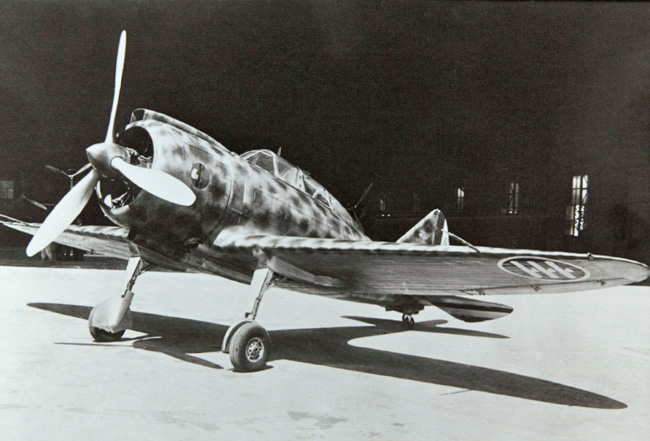
The few Re.2000 and 2000GA were used over Mediterranean Sea as escort and attack aircraft, sometimes with Macchi 200/202s and C.R.20 two-engine fighters. 377a was based in Sicily, and fought in Malta and Pantelleria, mainly in an escort role and protecting Axis ships almost until Tunisia (with a range up to 300–350 km), well beyond the other RA single seat-fighters; sometimes it was used to attack Malta with bomblets (spezzoni) and machine guns, typically at dawn. It reported a single ‘kill’ against a Bristol Blenheim. Overall, their service was not remarkable: there was at least one sudden fatal flat spin, while another Re.2000 had fatal engine damage (a piston was literally driven through the cylinder) and crash-landed, overturning, catching fire and almost killing its pilot (rescued by the ground crew). Although the Reggiane had a long range, it was disliked and even feared by ground crew and pilots, for its difficult maintenance and unpredictable engine reliability and handling. The last Re.2000 was sent back to the factory in September 1942.
The final fate of Re.2000 in Regia Aeronautica was to serve with 1° Nucleo Addestramento Intercettori (N.A.I.), based at Treviso, and serving for experimental purposes until the Armistice. The last two serviceable aircraft were demolished by the Germans, with another one destroyed after being captured at Furbara.
